Opinion piece by Kevin Walker, BSBI Head of Science
Wildflower seed sowing is becoming increasingly popular as a way of increasing floral diversity and food and habitat for other wildlife. Wildflower seed ‘packets’ are available to buy in just about every supermarket and garden centre and articles on creating wildflower meadows feature prominently in gardening and wildlife magazines. In parallel there has been increasing use of native wildflower seed for large-scale habitat creation and restoration schemes. However, the widespread use of generic seed mixtures has led several conservation organisations (e.g. Plantlife, Wildlife Trusts etc.) to express concerns over blanket sowing and to promote more eco-friendly alternatives such as natural regeneration and green hay (Dines, 2016; Plantlife, 2016). Although the issue has been raised a number of times in BSBI’s in-house periodicals (Walker, 2016; Millar, 2017; MacIntyre, 2017; Trudgill, 2017) the Society has not yet offered any of its own advice or guidance on what has become a major factor affecting many species’ distributions. Here we set out some of the pros and cons and the reasons why seed sowing matters from a botanical perspective.
Types of seed sowing
Annually a huge amount of wildflower seed of 100s of native species is being sown across Britain and Ireland by a wide range of private individuals and both commercial and public bodies. Even our remotest mountain tops are not immune, with seed mixtures having been used to re-vegetate bare ground on ski-slopes and around radar domes at high altitudes (Corner & Robinson, 2001). The main increase, however, has been the sowing of wildflowers for landscaping purposes as part of road, rail, housing, industrial and commercial developments and to revegetate ex-mining/extractive industrial sites. Since the 1980s seed sowing has been increasingly used for conservation to recreate wildflower-rich habitat on agricultural land in order to reverse long-term declines in both habitat and associated wildlife such as pollinators and farmland birds (Vickery et al., 2006; Nowakowski & Pywell, 2016). Similarly, in urban areas native wildflower seed mixtures are being used to create wildlife-rich habitats in private gardens and in public green spaces. In some cities even ‘seed bombs’ are being used by the general public to create wildflower-rich communities on derelict land to improve people’s interaction and enjoyment of nature in urban environments (http://www.guerrillagardening.org/).
Seed supply
The vast majority of wildflower seed comes from commercial seed suppliers who import it from abroad, mainly Europe, and then supply farmers as well as horticultural industry, garden centres and supermarkets. Whilst the majority of seed is sold to farmers for agricultural use (i.e. forage varieties of grasses and legumes) there is increasing demand for native wildflower seed and this is being by met by a small number of commercial companies, some of whom specialise in supplying seed of native provenance. These suppliers regularly harvest small amounts of seed mechanically or by hand from wild British populations and then cultivate plants in large quantities. These are then sold as native provenance ‘plug-plants’ or seed. An alternative to sowing commercial seed is to recreate habitat using seed harvested from semi-natural habitats either as brush-harvestings or green hay (Natural England, 2010).
Species sown
There are around 150 native wildflowers that are regularly sown in mixtures for a variety of purposes. These are mainly common grasses and wildflowers of meadows, pastures and downland (neutral and calcareous grasslands) on soils with intermediate and high soil pH such as Knapweed Centuarea nigra, Oxeye Daisy Leucanthemum vulgare, Bird’s-foot trefoil Lotus corniculatus, Cowslip Primula veris, Red clover Trifolium pratense and Golden-oat grass Trisetum flavescens. There are also quite a number of wildflowers of hedgerow and broad-leaved woodland and wetland habitats (fen, marsh, swamp) that are also frequently sown but only a few associated with river and open water, urban and improved grassland. There are also a number of archaeophytes that were formerly common as weeds of arable land that are now very rare in that habitat due to modern farming methods, but are now frequently sown in ‘cornfield’ wildflower mixtures, and frequently now turn up as ‘casuals’ in disturbed habitats (e.g. Corncockle Agrostemma githago, Cornflower Centaurea cyanus, Corn marigold Chrysanthemum segetum).
The pros and cons
If you ask a room full of botanists for their views on wildflower seed sowing you are likely to get a range of responses. At one extreme there will be the ‘traditional view’ that sowing should be discouraged because it ‘muddies the waters’ of native distributions, apart from introductions carried out for conservation purposes. The BSBI has a policy on this published in 1988 which states that conservation introductions should only occur after permission has been sought and within known historic ranges (Donald, 1988). However, a minority of botanists might argue the opposite: that sowing seeds is essential to help restore floral diversity even outside of historic ranges if we are serious about helping wildflowers to adapt to major threats such as climate change (Trudgill, 2017). Whatever your view, seed sowing is likely continue unabated and so what are the pros and cons from a biogeographic, ecological, conservation and societal perspective?
Pros
- Seed sowing can help restore plant species and habitats that have suffered sharp declines over recent decades, and indirectly, improve the fate of wildlife that depend upon them for food or habitat, such as pollinators and ground-nesting birds.
- Increasing the abundance of wildflowers by seed sowing could potentially improve the genetic diversity of populations (via geneflow) where this has declined due habitat loss and fragmentation.
- Seed sowing can help create attractive habitats in landscapes where native wildflowers are scarce (e.g. gardens, public space, intensively managed farmed landscapes) thereby improving mental well-being and increasing the awareness of the importance of wildflowers in everyday life.
- Seed sowing beyond the limits of a species' native range may allow species to adapt to climate change as their ranges shift northwards.
Cons
- Seed sowing can obscure native distributions if species are introduced into new areas. This makes it difficult to differentiate between introduced and native ranges and, potentially, range shifts that are occurring as a result of climate change, pollution or habitat modification.
- Seed sowing can potentially have negative impacts on the genetic make-up of native wildflower populations (through genetic swamping and outbreeding depression) (MacIntyre, 2017). For example, some studies have shown that local genotypes of grassland legumes such as Bird’s-foot Trefoil Lotus corniculatus perform better than genotypes from further away or from different habitats i.e. locally/ecologically adapted genotypes have a ‘home-site advantage’ (Bucharova et al., 2017).
- Although seed mixtures are often tailored to suit local soils and climate, they are often made up of just a few species (Wells et al., 1981), often strong competitors that produce lots of viable seed (Pywell et al., 2003). As a consequence, the recreated communities are often very similar (homogenous) and therefore they fail to replicate the local variations in wildflower communities that occur across Britain and Ireland (Dines, 2016). Most importantly, they often lack the once common wildflower species that are hard to establish.
- Seed mixtures often include agricultural (forage) varieties of native species, because they are much cheaper to buy than truly native seeds. These include tall varieties of Red Clover Trifolium pratense and Bird’s-foot Trefoil Lotus corniculatus.
- Some of these non-native genotypes can differ from native wildflowers in terms of plant chemistry, phenology (when things flower) and ecological requirements, with potential knock-on effects on to other wildlife such as insect herbivores and pollinators.
References and further reading
- Bucharova, A., Michalski, S., Hermann, J-M., Heveling, K., Durka. W., Hölzel., N., Kollman, J., Bossdorf, O. 2017. Genetic differentiation and regional adaptation among seed origins used for grassland restoration: lessons from a multispecies transplant experiment. Journal of Ecology 54, 127-136.
- Corner, R. & Robinson, L. 2001. The observations on plant colonisation at the Civil Aviation Authority station on the summit of Great Dun Fell (848m), Cumbria with comparisons to the Icelandic flora. BSBI News 86: 20-24.
- Dines, T. 2016. Keeping the wild in wildflower. British Wildlife 28: 112-117.
- Donald, D. 1988. Guidelines for the introduction of rare vascular plants. BSBI News 48: 57-58.
- King, E. 2021. Which is better - a sown ornamental wildflower meadow or a biodiversity meadow created by reduced mowing?
- MacIntyre, D. 2017. Keeping the wild in wildflower? – further comment. BSBI News 134: 33-36.
- Millar, N. 2017. BSBI guidelines on plant introductions. BSBI News 136: 16.
- Natural England 2010. Sward enhancement: diversifying grassland by spreading species-rich green hay Natural England Technical Information Note TIN063. http://adlib.everysite.co.uk/resources/000/102/926/TIN063.pdf
- Nowakowski, M. & Pywell, R.F. 2016. Habitat Creation and Management for Pollinators. Centre for Ecology & Hydrology, Wallingford, UK. https://www.ceh.ac.uk/sites/default/files/Habitat%20Management%20and%20Creation%20For%20Pollinators.pdf
- Plantlife 2016. Keeping the wild in wildflower. Plantlife, Salisbury. https://www.plantlife.org.uk/uk/our-work/campaigning-change/keeping-wild-wildflower
- Smyth, Noeleen. 2021. Spreading seeds of doubt - fake 'wildflower' mixes. https://pollinators.ie/spreading-seeds-of-doubt-fake-wildflower-mixes/
- Thomas, C. 2017. Inheritors of the Earth: How Nature Is Thriving in an Age of Extinction.
- Trudgill, D. 2017. Impact of climate change on potential Ophrys apifera distribution. BSBI News 136: 31-33.
- Walker, K.J. 2016. Keeping the wild in wildflower? BSBI News 133: 4-5.
- Wells, T.C.E., Bell, S.A. & Frost, A. 1981. Creating attractive grasslands using native plant species. Nature Conservancy Council, Shrewsbury.
- Vickery, J.A., Feber, R.E. & Fuller, R.J. 2009. Arable field margins managed for biodiversity conservation: A review of food resource provision for farmland birds. Agriculture, Ecosystems & Environment 133: 1-13.
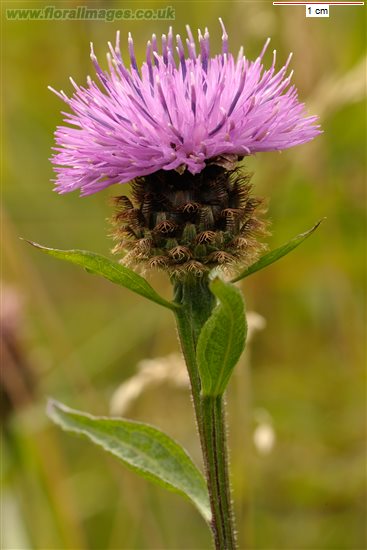
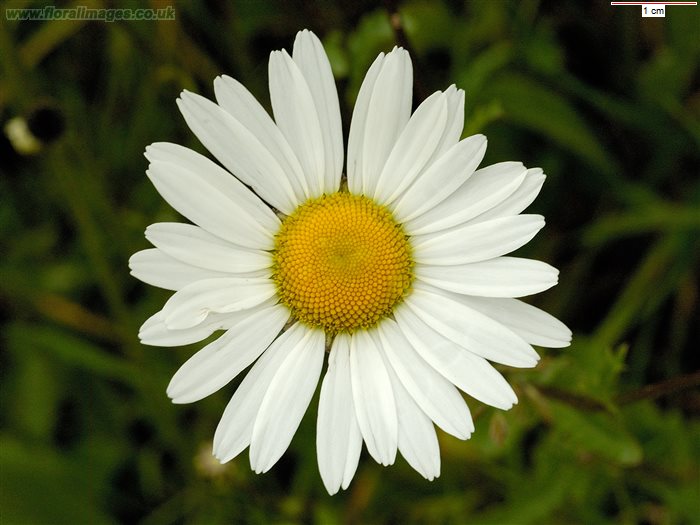
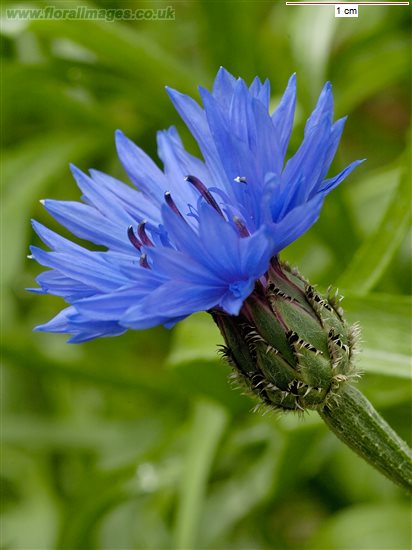
Why does it matter?
So why should botanists care about seed sowing? Botany is the scientific study of the physiology, structure, genetics, ecology, distribution, classification, and economic importance of plants. Seed sowing impacts on a number of these areas, but possibly most significantly on our understanding of distribution. Essentially if we don’t know where things grow ‘naturally’ then our ability to understand a species’ ecology and genetics will be limited. Some ecologists argue that we live in such a human-modified landscapes that this no longer matters (Thomas, 2017). Indeed, if we only knew how much species had been moved around in the past, we’d probably be more sanguine about the sowing of seeds of a relatively small pool of common species. Having said that the sowing of seeds poses significant challenges for the field botanist and in some cases species are now sown so widely that recorders have given up trying to assess status altogether. Whether we like it or not wildflower sowing is likely to increase in the future. Botanists have a role to play in not only recording where wildflowers have been sown, so that we can continue to map native ranges, but also in providing advice on what is appropriate to sow and where in order to maximise the benefits of wildflower sowing and minimise the impacts on our native wildlife.
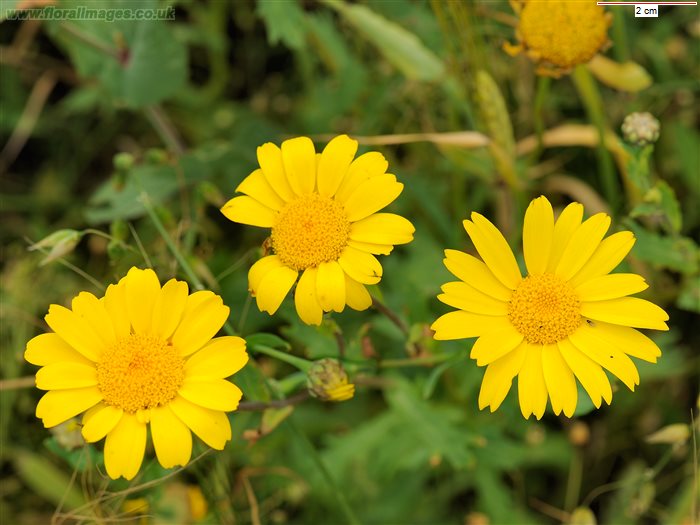

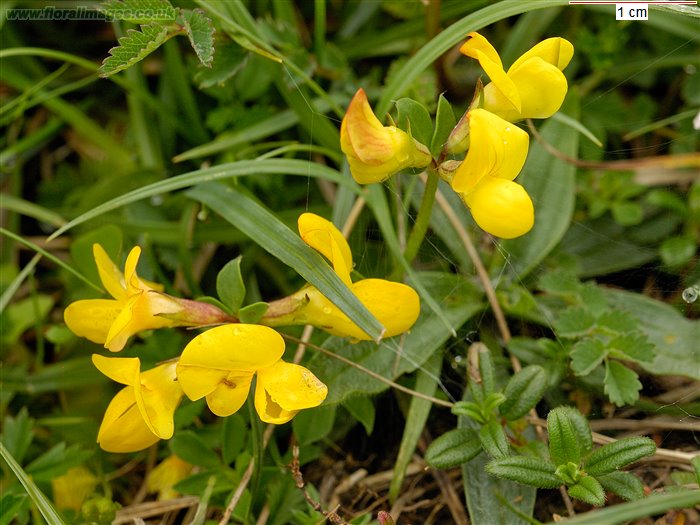
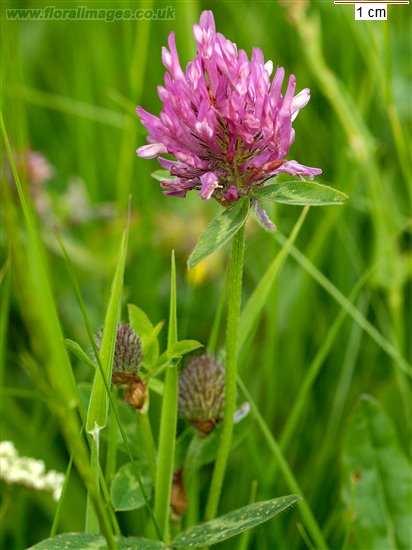
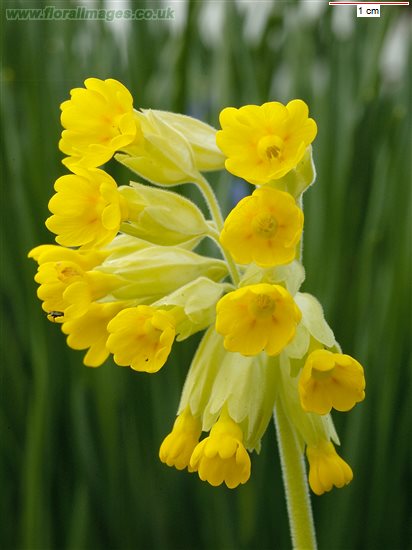
More links in the Wildflower seedmix section on our Definitions: wild, native or alien? page.
Planning to create a wildflower meadow?
Here are a few sources of information to help you create a wildflower meadow in your garden:
https://plantlife.love-wildflowers.org.uk/wildflower_garden/how_to_grow_a_wildflower_meadow/
RSPB guidance on starting a wildflower meadow
RHS guidance on creating a wildflower meadow
https://naturalengland.blog.gov.uk/2017/08/15/how-to-create-a-wildflower-meadow/